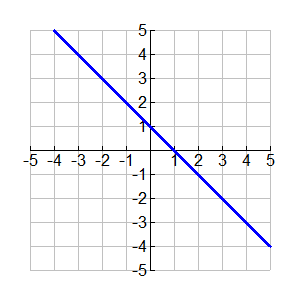Directions: Read carefully. Choose the best answers.
Topical Outline | Algebra 2 Outline| MathBitsNotebook.com | MathBits' Teacher Resources
|
|||||||||||||||||||||||||||||||||||||||||||||||||||||||||||||||||||||||||||||||||||||||||||||||||||||||||||||||||||||||||||||||||||||||


